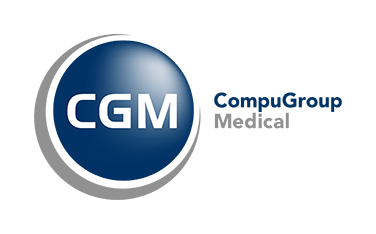Billing Module is an optional, but fully integrated feature of the CGM SCHUYLAB system. Bill directly for the procedures your lab performs, sending transactions directly to government insurance, private insurance and billing consolidators. CGM SCHUYLAB also receives remittance from insurers and consolidators and posts payments to the individual claims.
Save Money and Time
What makes the billing option special? Laboratory billing is often accomplished by using another system that is not connected to the LIS. This means that all of the information about the patient and the tests that were run must be manually re-entered. This ‘double-entry billing’ uses up a lot of time and resources. A manual entry process can also introduce errors. Since CGM SCHUYLAB offers a fully integrated billing solution, the information entered on the patient during the course of laboratory accessioning and analysis automatically becomes part of the billing record: name, patient ID, doctor’s name, and the tests and procedures performed.
Overall, CGM SCHUYLAB offers two comprehensive solutions, rather like the two hemispheres of a brain. There is the lab side, where the patient and specimen information is entered, tests are ordered, and results are generated. And, there is the billing side, where the procedures are compiled, costs are summed, and bills are printed. The two sides talk to one another: the lab side tells the billing side the patient’s demographics and the tests ordered, while the billing side can update the lab side’s patient records.
CGM SCHUYLAB handles CMS-required test bundling rules automatically, but also has the flexibility to allow custom billing panels for your clients. Add-on or cancelled tests trigger automatic re-bundling if necessary. CGM SCHUYLAB knows not to bill for tests that have QNS, Cancelled or Rejected as the result. Electronic transmissions reflect cancellations and add-ons.
CGM SCHUYLAB has unlimited fee schedules that can be applied to bill types, insurance companies, and specific clients. These fee schedules allow you to manage differential payments to various payers.
Many ways to bill
CGM SCHUYLAB offers many ways to bill your payers:
- Government insurance (CMS, Medicare/Medicaid): direct electronic billing and remittance
- Insurance companies: direct electronic billing and remittance
- Billing consolidators: direct electronic billing with data that allows separation of different types of billing at the consolidator level of management; remittance
- Client invoicing: direct paper invoicing of clients, management of client accounts
- Patient billing: direct patient billing
Easy hands-on management
While CGM SCHUYLAB is designed to do as much as possible automatically, the Edit Claims feature does allow easy manual access to manipulate existing claims, including adding procedure charges, adjusting claims, and posting payments.
CGM SCHUYLAB software options like this one may be essential to meet the needs of your unique laboratory.

